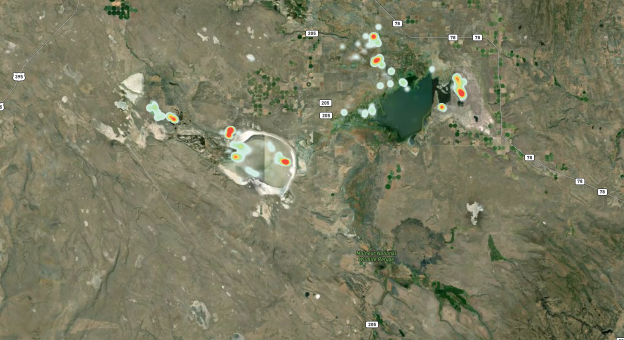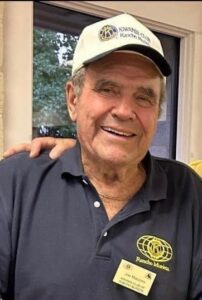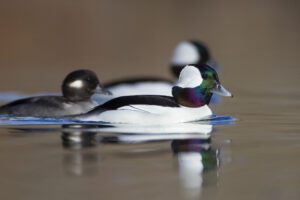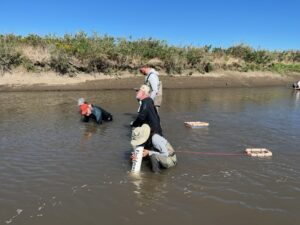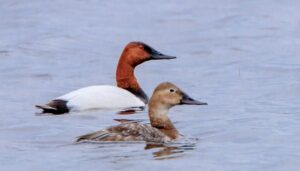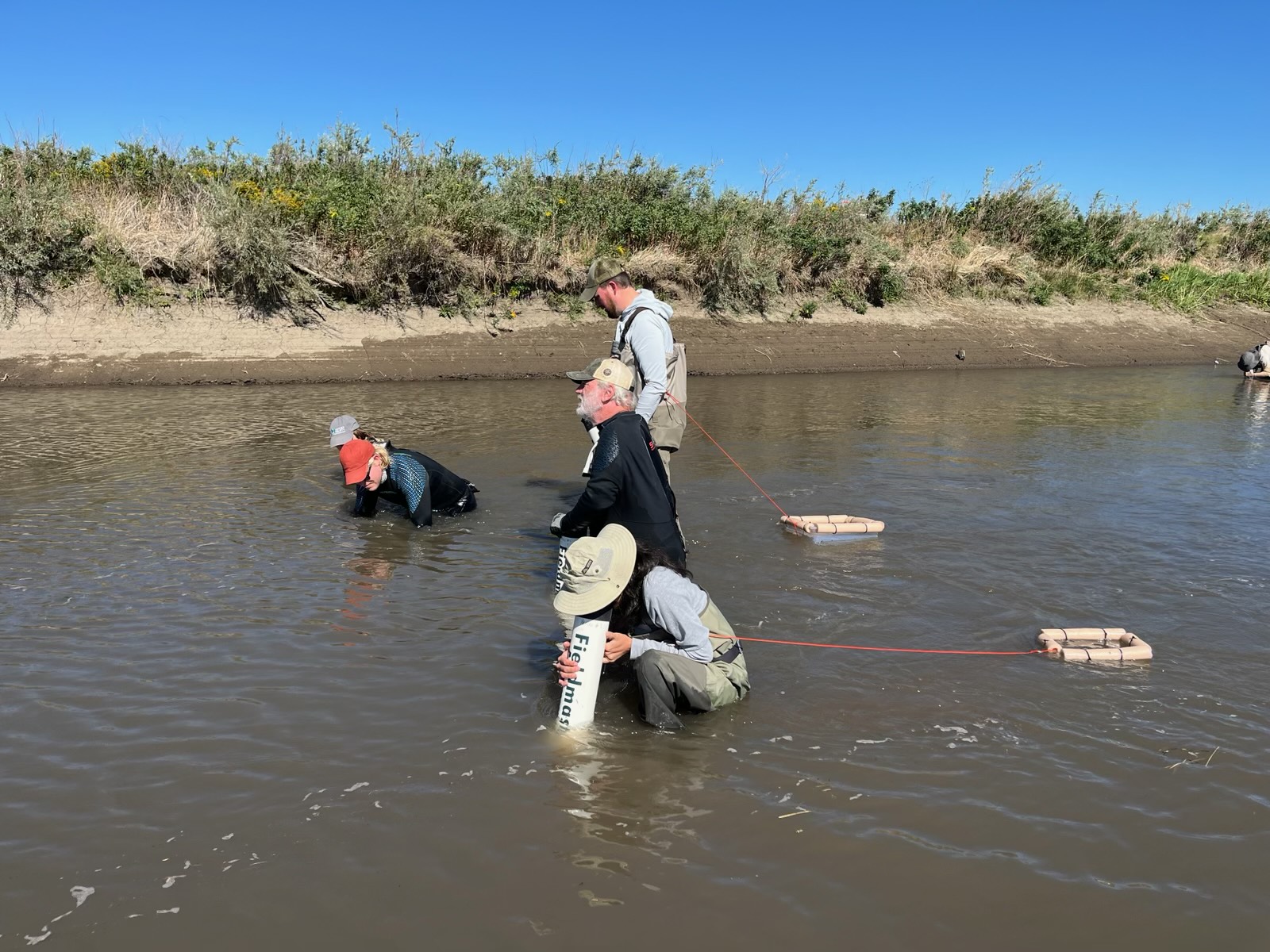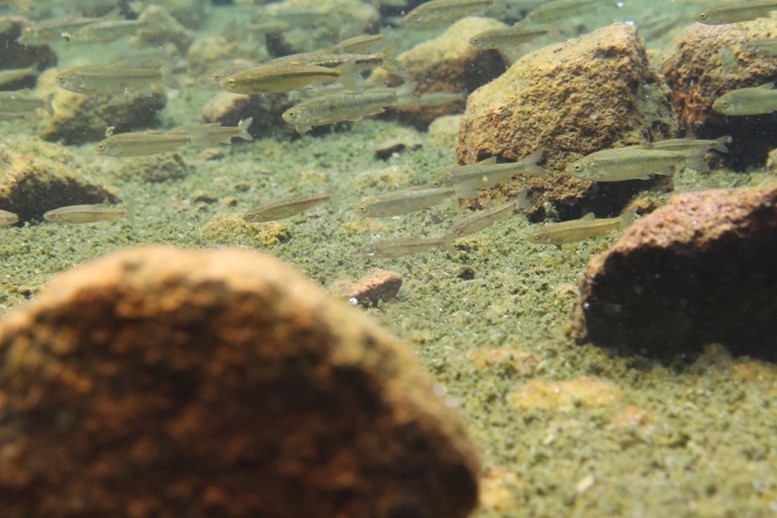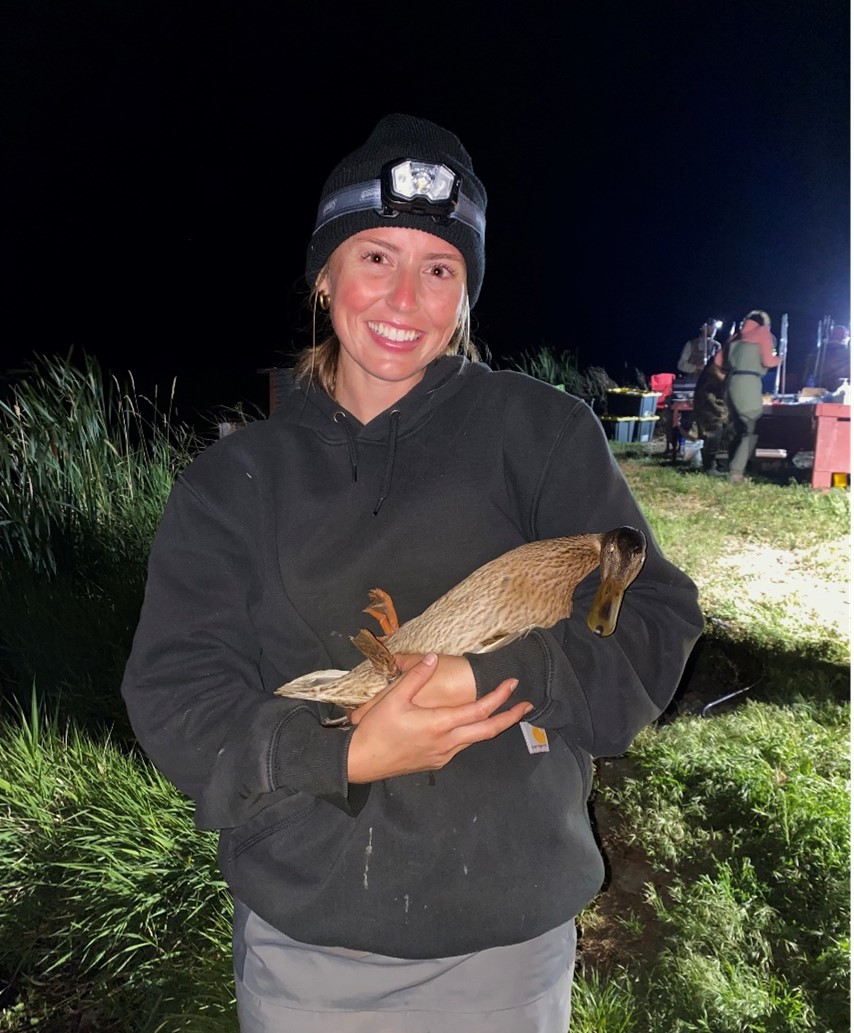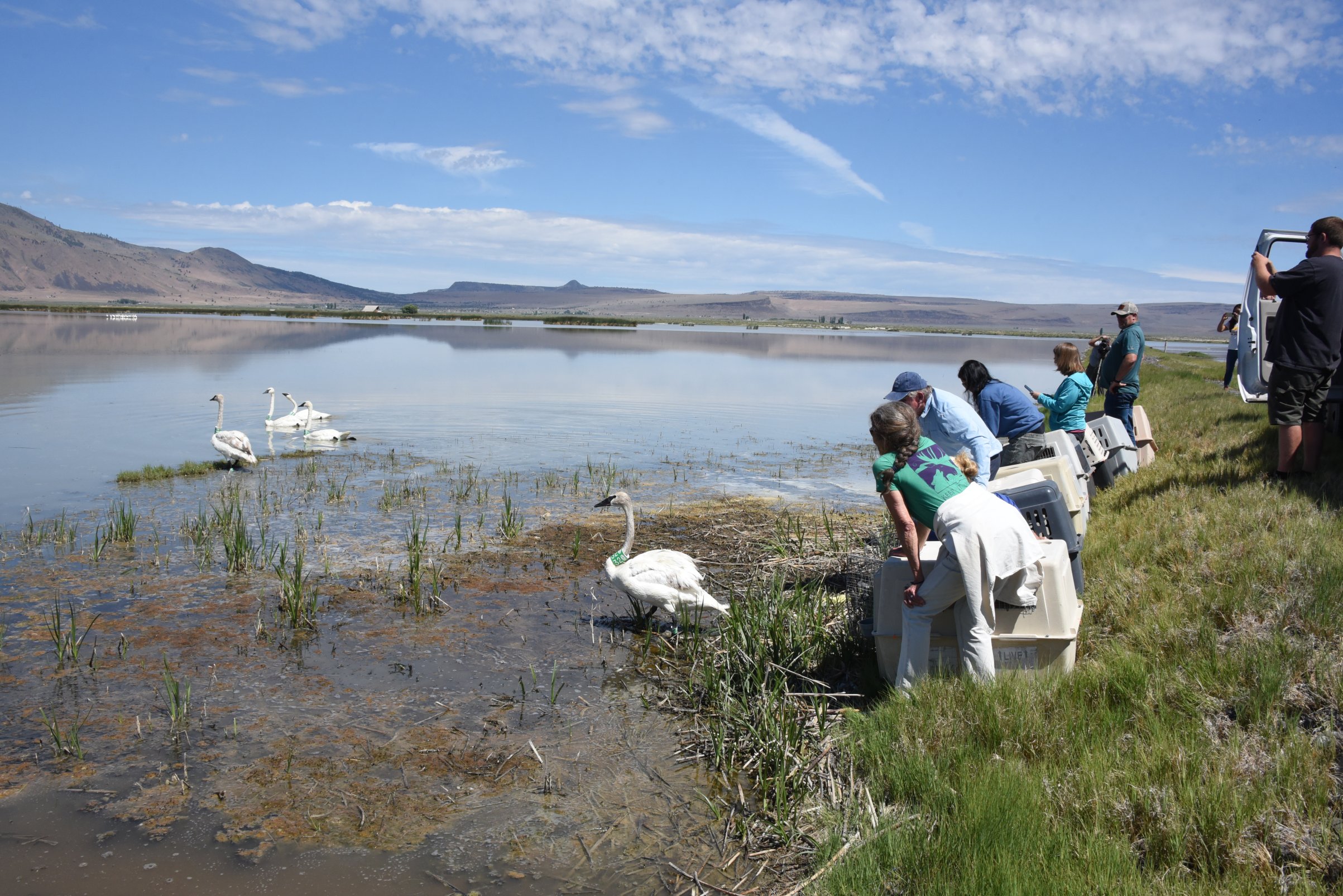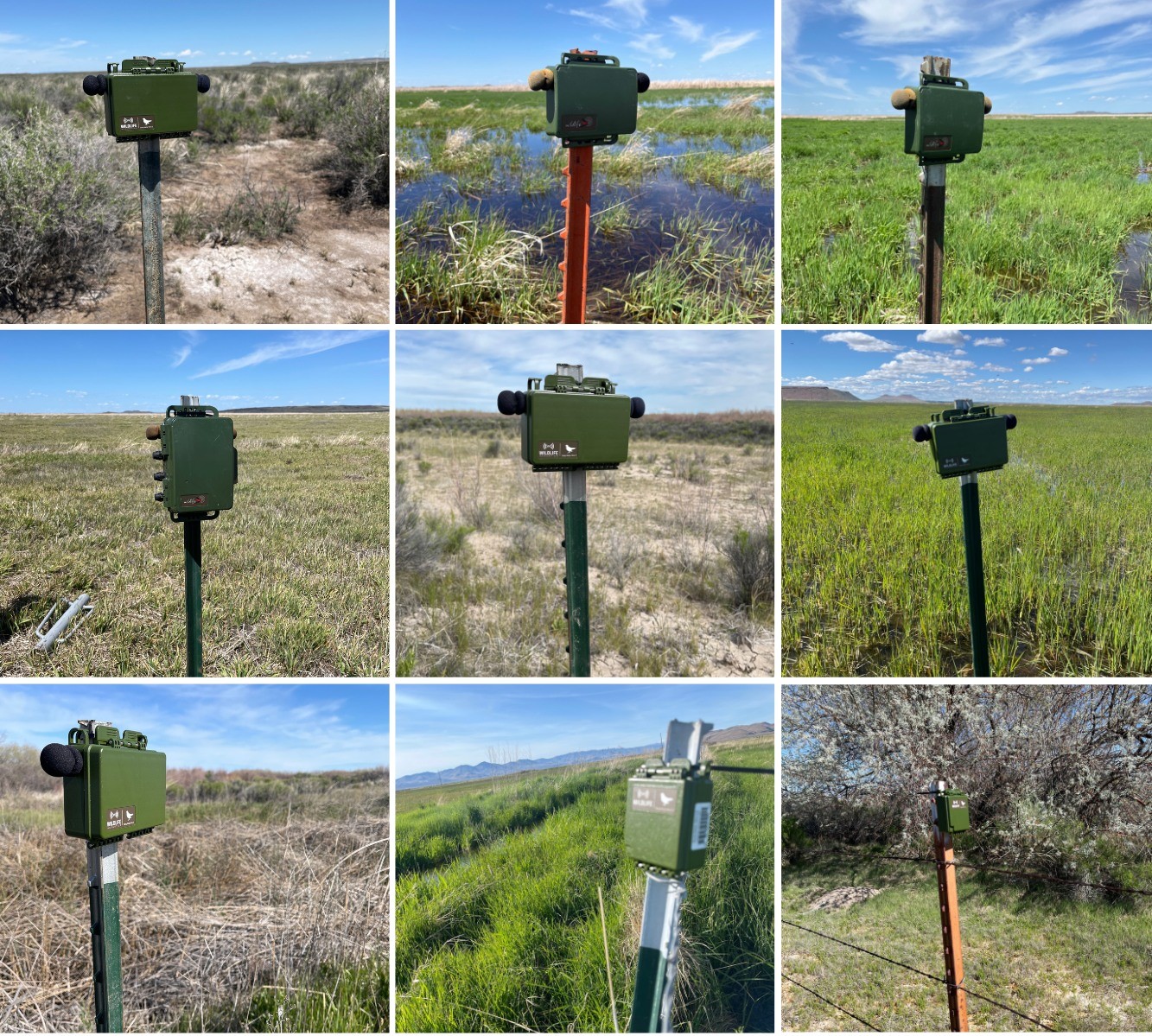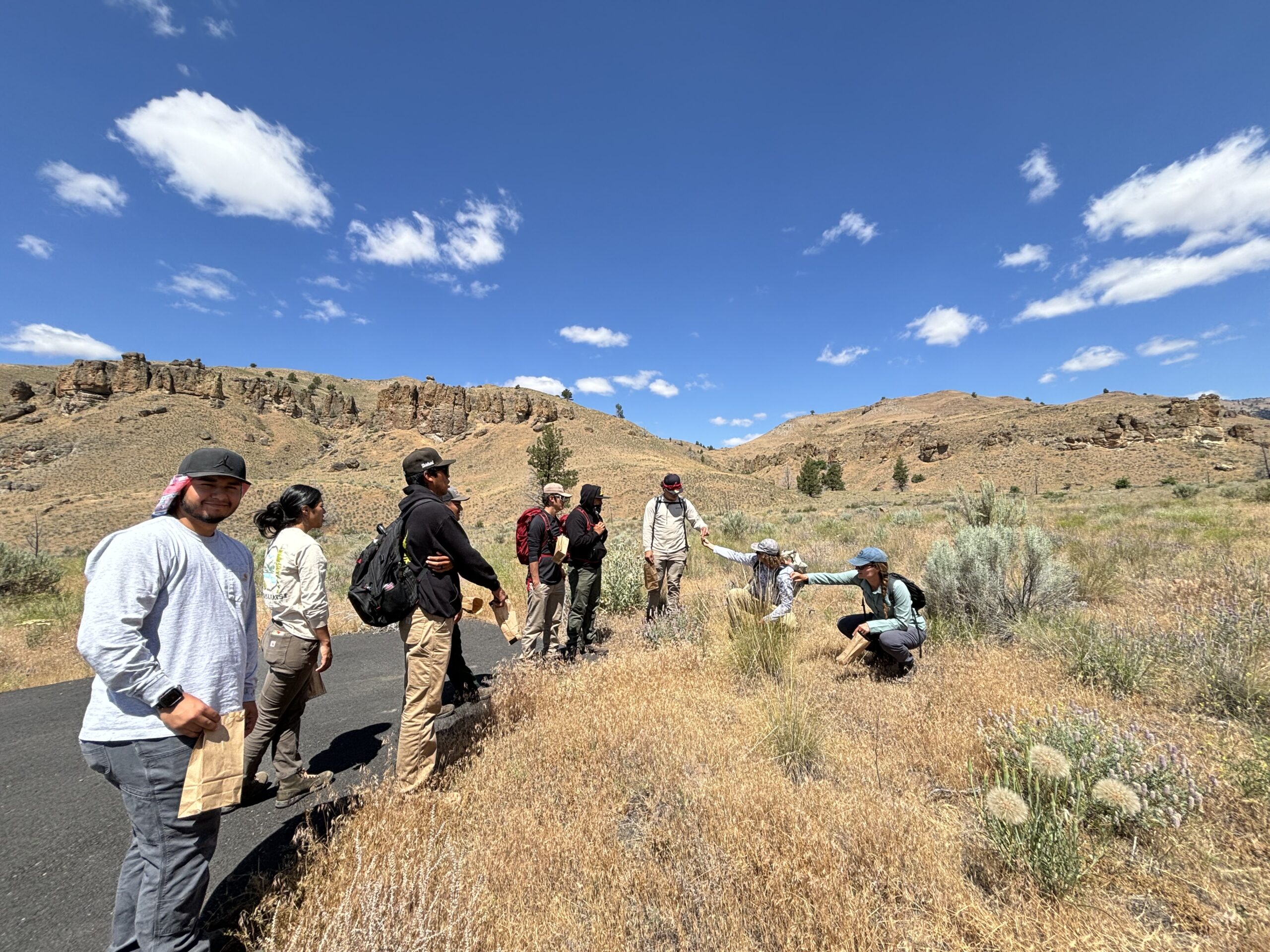Written by Cory Overton and Mike Casazza, U.S. Geological Survey
The USGS has embarked on a large-scale effort to understand hydrologic conditions and ecological needs across terminal lakes in the Great Basin. This effort is similar to other USGS projects termed Integrated Water Availability Assessments (IWAAs), although in addition to understanding water availability and quality, it includes efforts to quantify how those affect wildlife food resources, habitats, and ultimately product resource values for migrating waterbirds.
Most IWAA projects focus on a single large watershed, often regions with a lot of hydrologic variation and competing uses for water, such as the Chesapeake Bay, the Willamette Valley, and the Colorado River. The Saline Lakes IWAA is different in that it focuses on 20 representative watersheds, each with different hydrologic inputs, processes, and management actions, and it incorporates more direct assessments of ecological processes (bird movements, survival, reproduction, and food web structure) as consequences of hydrologic conditions. Needless to say, this is a complex effort with a lot of moving parts and information needs.
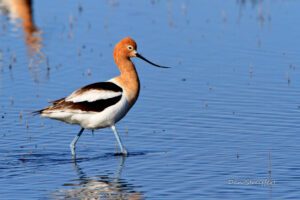
The 2023 Saline Lakes IWAA Bird Movement marking season has been successfully completed, with 60 newly marked avocets joining ten individuals who have returned from last year’s marking of 40 individuals. Since mid-May, we have deployed 20 transmitters in each of the three locations: the Lahontan Valley, Lake Abert/Summer Lake, and Bear River Migratory Bird Refuge. American Avocet have been selected as the initial species for marking in the Saline Lakes IWAAs because they are highly mobile species that use Saline Lake for multiple life history stages (migration stopovers, nesting, and general occupancy). Since avocet are a near shore wading species with a specialized feeding style, they may more readily show changes in activity resulting from changes in hydrology and food resources than some alternative species. These traits; high mobility, dependence during multiple life histories, and specialized feeding activity make avocet a useful indicator of both local and regional processes and functions across Saline Lakes Ecosystems.
Five returning birds from last year have settled at the locations they were marked at in Oregon (2 at Summer Lake, two at Abert, and one at Malheur/Harney. One additional bird returned to Malheur but has since departed to Summer Lake. One individual marked in Farmington at Great Salt Lake (GSL) has returned this year, and another was seen flying northward toward GSL this week. A third went to Farmington and Bear River MBR before leaving GSL and continuing into Montana. The last returning individual was marked in California and used Malheur last year, which it visited this year before continuing to Alberta, Canada.
To date, the 101 American Avocet marked as part of this effort has provided over 213,000 GPS locations (nearly 14,000 at or around Malheur) and provided a new understanding of philopatry and wintering distribution including both the San Francisco Bay and along the western coast and central highlands of Mexico. Around Malheur National Wildlife Refuge the 3 avocets returning this year have been very focused on the refuge itself, with over 95% of the locations obtained within the Refuge Boundary. Regions that have been used extend across the refuge from Stinking Lake to the eastern shore of Malheur Lake.
![]()
![]()
Hot spots of marked avocet activity reflect nesting sites where captured in 2023, post-nesting activity centers prior to dispersing to other Great Basin watersheds (e.g., Lake Abert, Summer Lake, Goose Lake) and pre-breeding activity in 2024.

